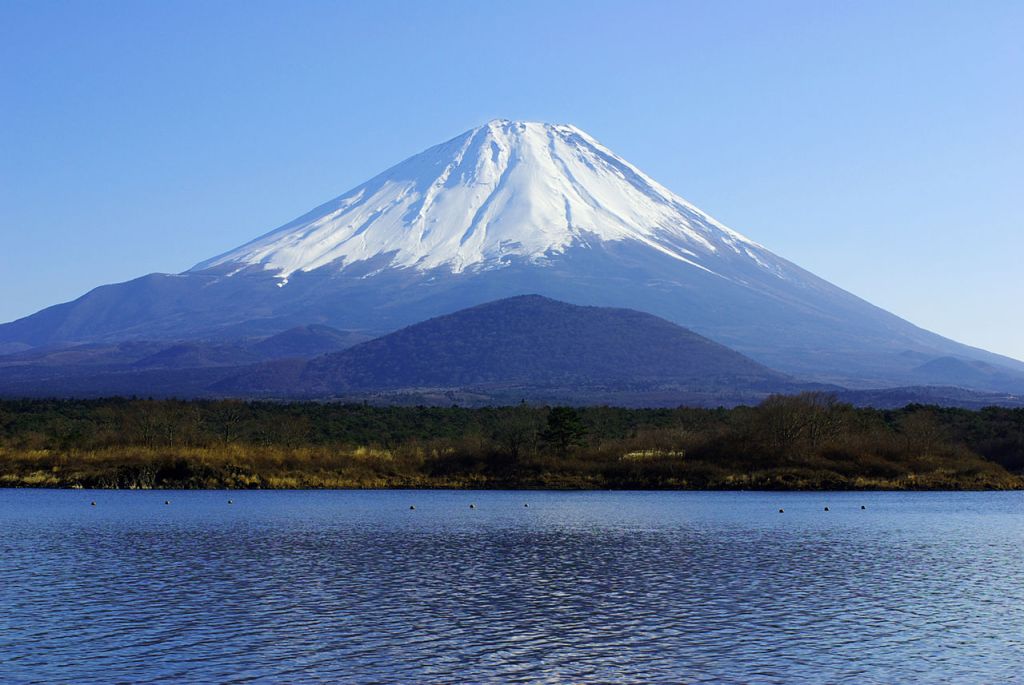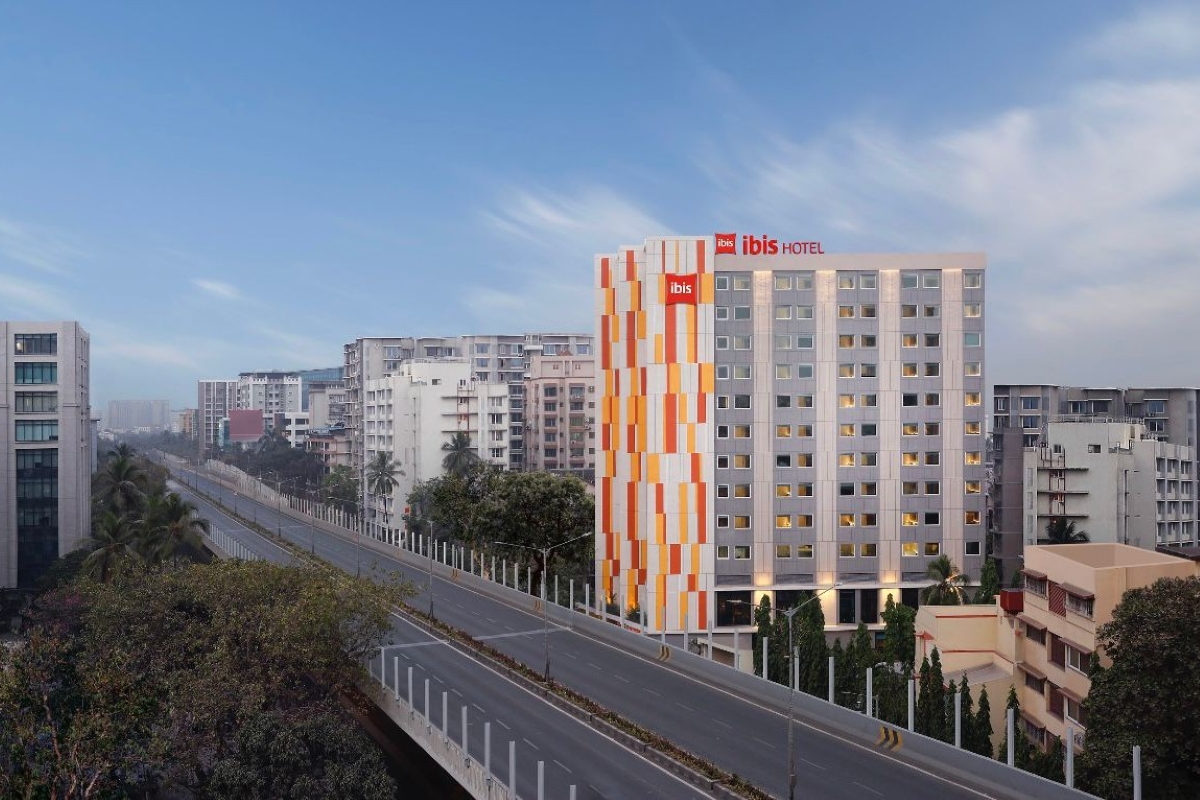
Skift Take
Japanese officials believe they’re taking steps to better manage visitor numbers at Mount Fuji. For now, Japan’s tourism boom is showing no signs of slowing down.
Those heading to Mount Fuji later this year to climb the iconic mountain will be shelling out a bit more money.
Japanese authorities announced last week that they’re introducing a roughly $27 (4,000 yen) entry fee for all four of Mount Fuji’s main trails — doubling the fee on one of those routes — for this year’s climbing season, which runs from early July to early September.
Officials in Yamanashi Prefecture started charging a mandatory fee of 2,000 yen last year to enter Mount Fuji on the Yoshida Trail, the mountain’s most popular route. Authorities also implemented a daily cap of 4,000 hikers on the Yoshida Trail.
Meanwhile, Shizuoka Prefecture will implement entry fees for Mount Fuji’s other three trails — Fujinomiya, Subashiri, and Gotemba — which had been previously free. Skift reported last November that the Shizuoka Prefectural Government was considering charging climbers 3,000 yen ($20) to 5,000 yen ($33) as part of its strategy to limit overcrowding and provide a safer environment for hikers.
Mount Fuji attracted 204,316 hikers in 2024, down from 221,322 the previous year, according to data from Japan’s Ministry of the Environment. However, the amount of traffic Mount Fuji saw last year is still concerning to Japanese authorities.
“There is no other mountain in Japan that attracts that many people in the span of just over two months. So some restrictions are necessary to ensure their safety,” said Natsuko Sodeyama, a Shizuoka prefecture official.
Japan’s recent moves to make climbing Mount Fuji more expensive are part of its efforts to better manage its tourism boom. A record 36.9 million travelers visited last year, a 15.6% increase from the previous record of 31.9 million in 2019.
Japanese officials approved accommodation taxes in nine cities and two prefectures last Friday that will go into effect this fall, revenue from which will be used to support the tourism industry and address overtourism. Kyoto’s municipal government announced earlier this year its proposal to raise hotel lodging taxes to as much as 10,000 yen ($66) next March.
And the national government is also debating whether to enact a fivefold increase on the tax it imposes on departing travelers — from 1,000 to 5,000 yen — to help fund initiatives to tackle overtourism.
Up Next
Experiences
How Travel Brands Can Seize the ‘Q5’ Opportunity on TikTok
Driven by increased spending on experiences and the digital habits of younger audiences, TikTok has emerged as a key platform for inspiring and shaping travel decisions. Leveraging the platform’s reach early in the year presents a unique opportunity for travel brands to connect with eager travelers.
TikTok for Business + Skift | 2 months ago
Sponsored
Hotels
Why Ibis Is Betting Big on Indian Metros as Competitors Turn to Smaller Cities
As Ibis India is on its way to meet its initial pipeline target, it is reluctant to move away from its micro markets-focused strategy. The fact that it does not require large land parcels for hotels lends further edge for expansion in land-strapped metros and Tier-1 markets.
Bulbul Dhawan | 3 hours ago
Hotels
How Marriott Is Defending its Lead in Branded Residences
If you’ve ever stayed at a hotel and thought “I wish I could just live here,” well, you’re not alone. Marriott says its sales of branded residences are booming.
Debbie Carlson | 8 hours ago
Hotels
Minor Hotels to Unveil Masterbrand and Unify 8 Chains on One App
Thailand’s Minor Hotels is tired of running eight different hotel apps, and customers are tired of downloading them. Moving to an umbrella brand makes sense. The company can consolidate its tech, better recognize its most loyal customers, and drive more direct bookings.
Sean O’Neill | 12 hours ago
Luxury
Aero’s Luxury Bet: Is Premium Service the Right Play for Semi-Private Aviation?
Aero sees a business opportunity in the space between first class and entry level private aviation. They are leaning into high touch hospitality to court their market segment but it comes at a cost to the operating model.
Colin Nagy | 12 hours ago

















